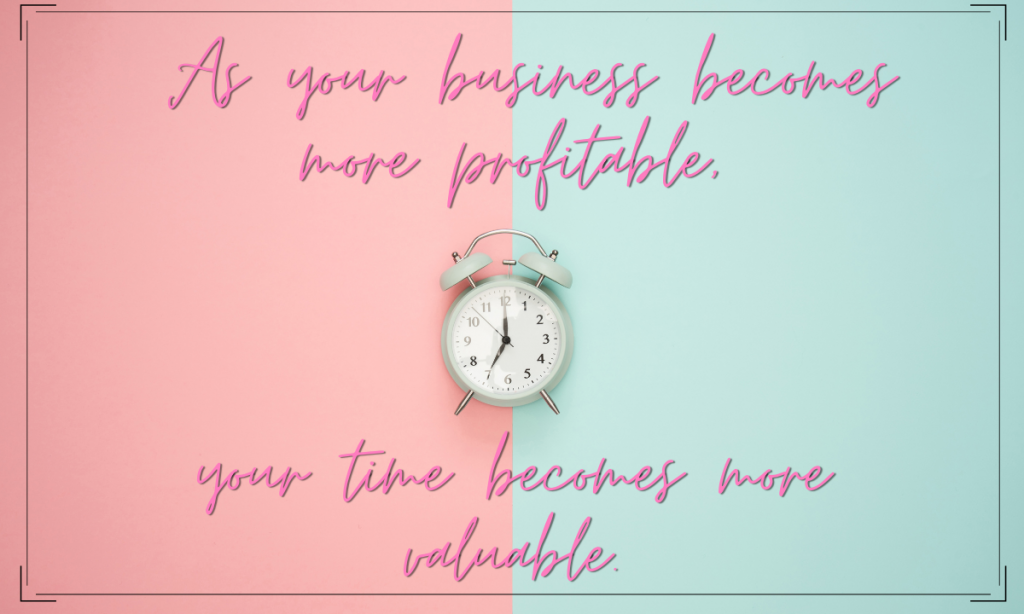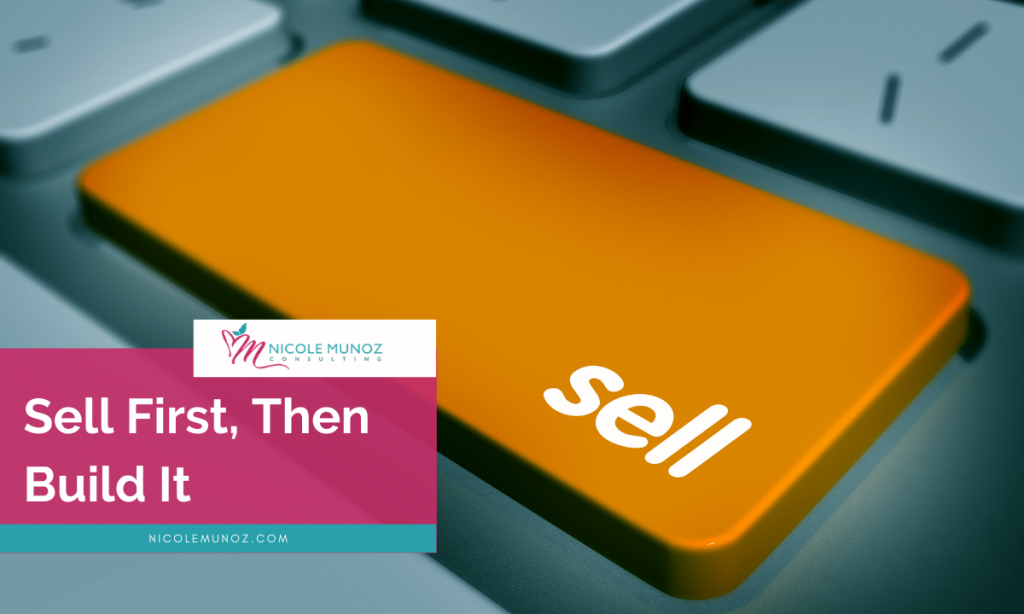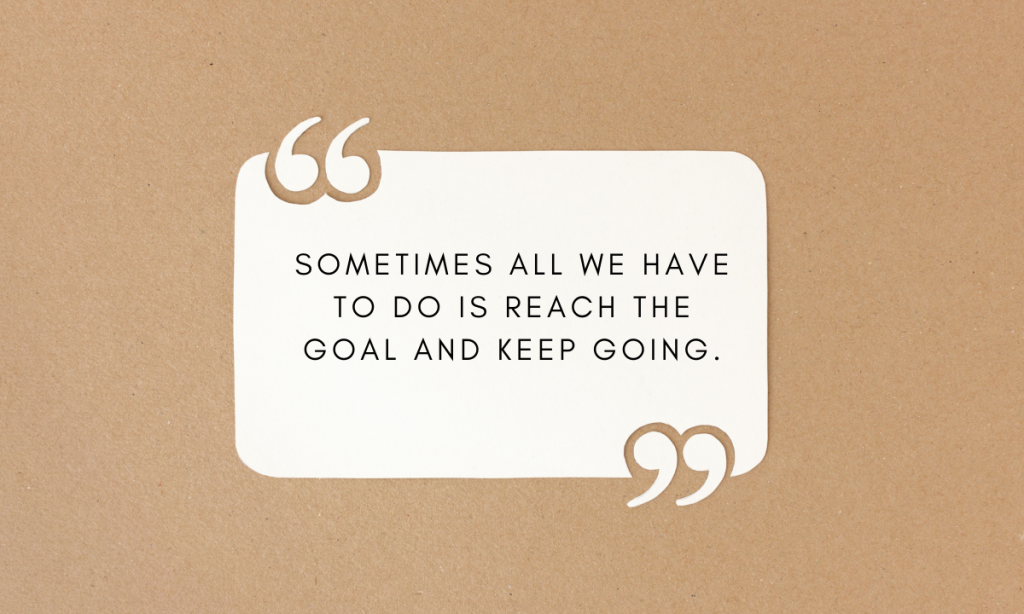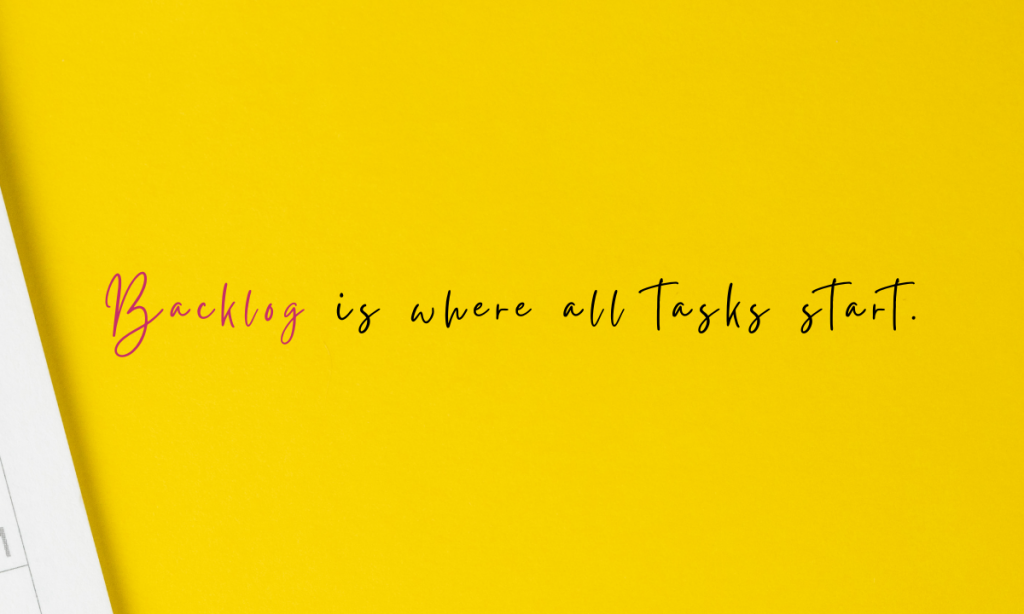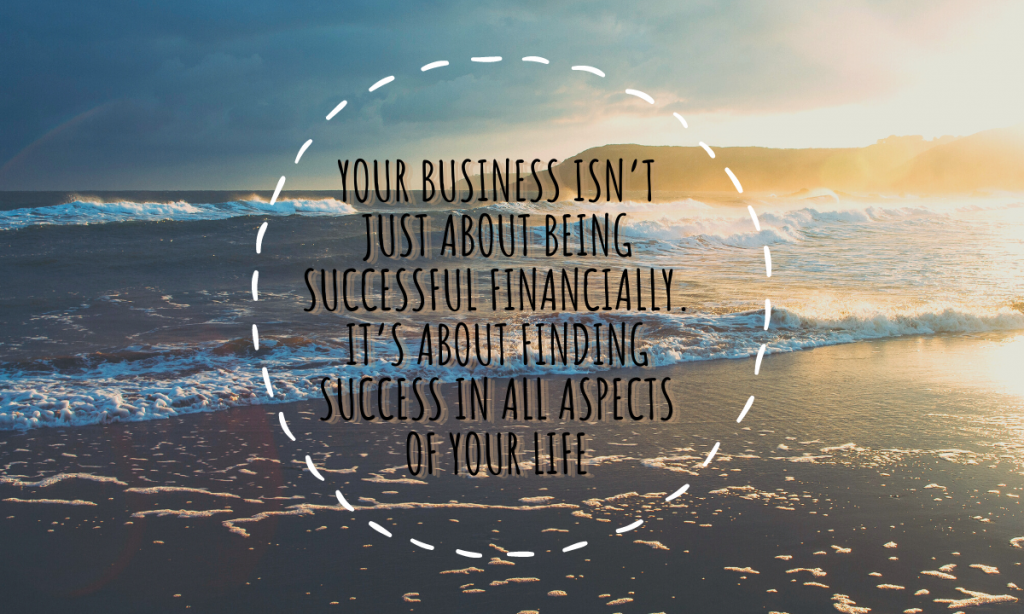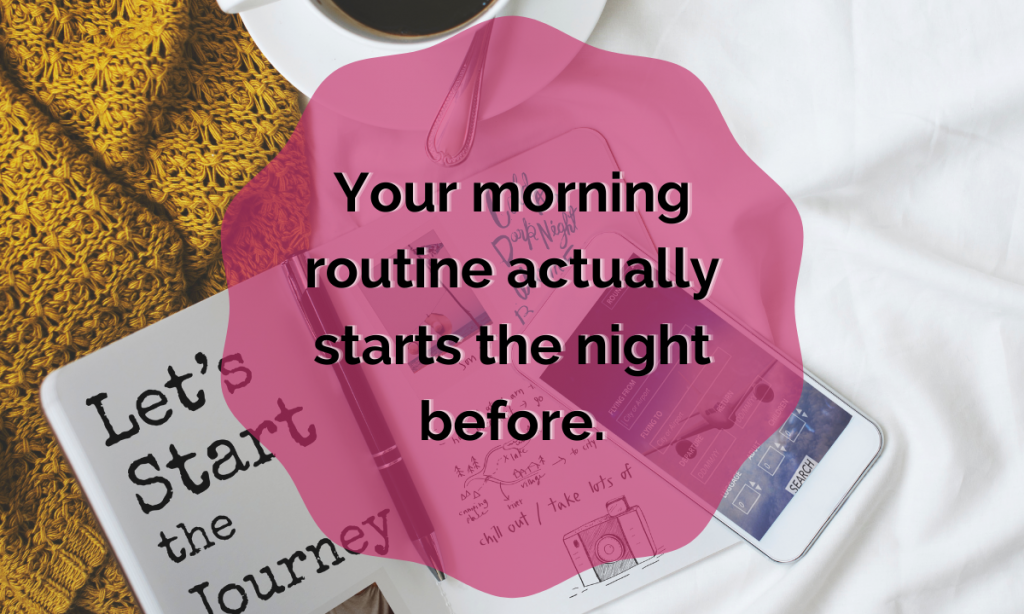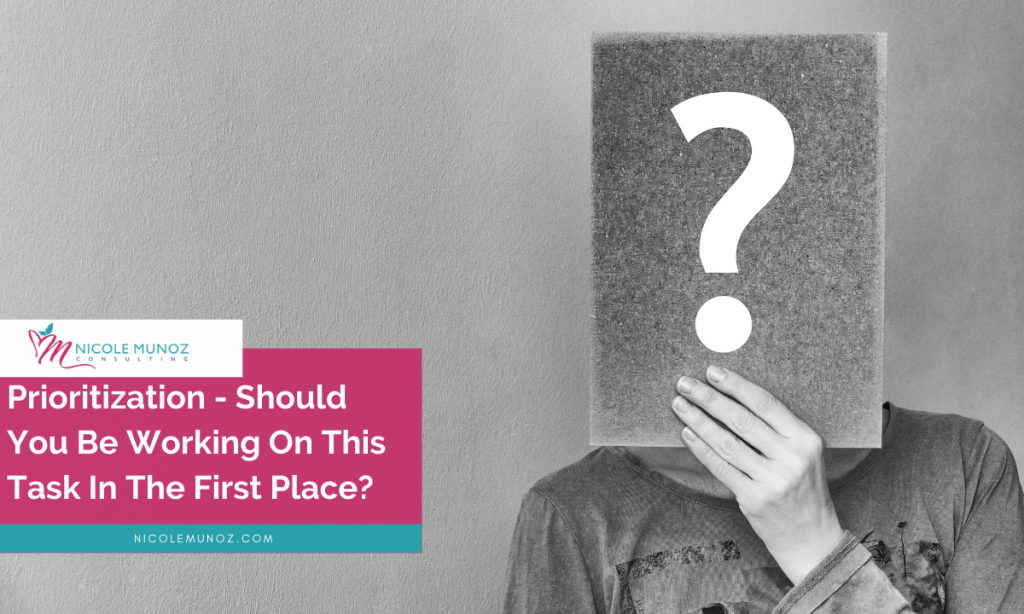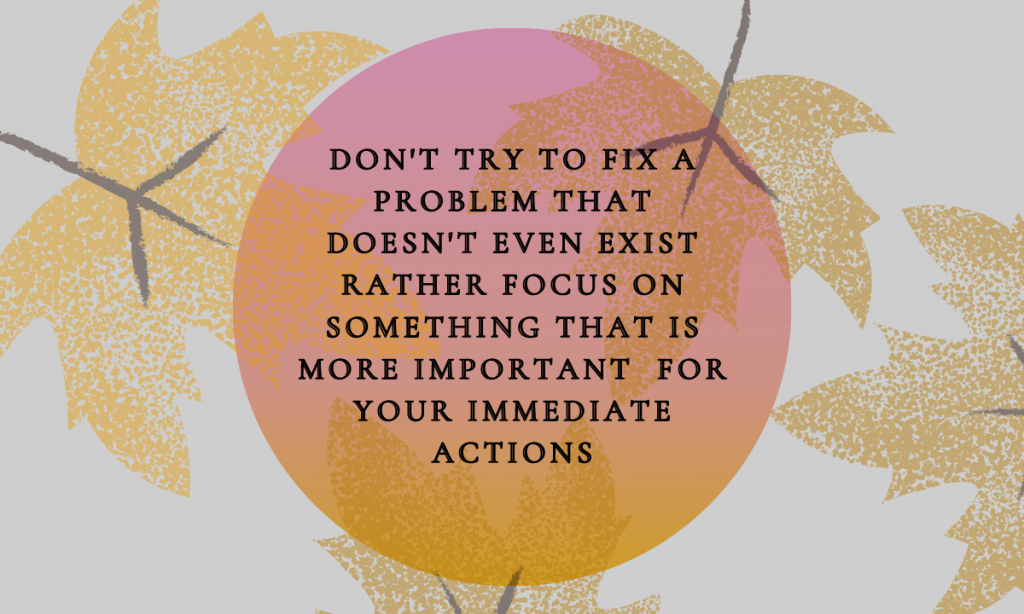
It was December 2011 and I had a big desire to grow my business. So, I did what most of us do as entrepreneurs and I started to look online for a business coach, someone that could help me figure out how to grow and scale my company. As I was searching online, I found a coach that had an executive leadership assessment on her website. So, I filled out the executive leadership assessment tool and got my results.
After these results were delivered, I was asked if I would like to schedule a call with the coach. Well, I filled it out and, in less than a week, I was on the phone with her, just two days before Christmas in 2011. As I got on the phone, I was very excited to be speaking with her. (Some of her coaching clients were Fortune 100 executives.) I thought, “Wow, if she works with all of these big companies, she’s definitely going to be able to help me, as well.” And as I got on the phone with her, I was able to explain to her some of the biggest challenges and the biggest blocks that I was having in my business at that time.
In less than 20 minutes, she had completely ripped apart my entire business model.
She pointed out five different ways that I was seeing things wrong, doing things wrong, and how these little things were actually harmful for my business. She told me the truth I needed to hear and, because of that, I made large pivots in my business after that phone call. And that phone call was less than thirty minutes long.
At the end of the call, she began to explain to me how she usually provides high level executive coaching. At the time, it was a four figure investment for her services. I said, “Well, I’m not sure I can commit to that.” She replied, “Well, because it’s Christmas time, I’d love to offer to have you come out here to do a half day coaching session for $5,000.”
Honestly, I didn’t know what to say. But, because she’d already helped me in just the first 30 minutes, seeing things within my entire business that I never knew were holding me back, I thought, well, maybe. Maybe I could make this work. I asked to talk to my husband. (I usually don’t spend $5,000 without talking to my husband first!)And, when I told him about the opportunity, he gave me the okay to make that investment.
Once I said yes, everything happened very quickly. I paid the $5,000, got my plane tickets, and was ready to leave in just a few weeks to meet this coach in person. I was so looking forward to just this half day with her. I knew I was going to be able to get more information, more help from her one-on-one so that I could really start growing and scaling my business.
During the couple of weeks I had before this in person meeting would take place, I spent close to 60 hours consuming every bit of content on her website.
I downloaded everything, and she had tons of free guides and templates at the time. (She doesn’t offer them anymore.) Almost everything that I downloaded required some sort of work on my end, like filling out templates or creating strategies that would help you grow and scale your business. I filled out every single one and answered every single question.
On top of that, I read every single one of her blog posts and books. I basically learned everything that I could about her teachings. Since I had decided to make that $5,000 investment with her, I wanted to make sure that I got the most out of the time that I would spend with her. I didn’t want her to have to teach me the basics. I wanted to be able to ask her intelligent questions based on all of the things that I consumed on her website.
I flew out for my session with her and got myself to her office in the morning. We started to go over all of the templates that I had filled out, all of the work that I had done in preparation for a meeting. I had my list of questions and, during the next four hours, all of that work I had done prior to our meeting turned out to be very helpful.
But, she kept trying to teach me the things that I had already learned myself from her websites. She began to talk about how you need to have different types of goals in your business and how there is a specific way to set goals for your business. I said, “Yeah, just like you said here.” Then she’d move on to the next thing and the next thing. And, every time she brought something up, I would say, “Right, that’s what’s on your website here,” or, “That’s what I read over here.”
And, unfortunately, that’s pretty much how the entire half-day meeting went. She tried to teach me the things that she had already taught on her website, just in a one-on-one setting. However, as the meeting came to a close, we managed to put together a very strategic plan to help me grow and scale my business over the next twelve months. Honestly, we didn’t really need the whole time I paid for because I had already prepared myself ahead of time.
But, what I did realize is that if I had not invested that $5,000 for the consultation, I would not have consumed every bit of content that she had on her website. I would have just downloaded that one assessment that I took and then I would have walked away. I would have looked at something else and someone else’s website, even though her website had all of this material that was extremely valuable right there in front of me, free for the taking.
The thing with free content is that, if people don’t make an investment to learn it, they won’t take the time to consume it.

If you’re a service provider and you have a desire to share your expertise and knowledge, then you find yourself giving valuable information away because you know it’s so helpful — and exactly what the person needs to be hearing. You know that if they just follow your path and the instructions that you’ve given, they’re going to be able to grow their business. You know that.
The problem is when you give something away for free, people don’t value it. If you sell it for a dollar, they don’t value it. If they give $37 for it, they’re going to value it at the $37 level. But, if you’re charging someone $10,000, maybe now they’re going to pay attention because that is a significant investment — one they don’t want to waste.
It’s like someone that’s going to go get a car. If you’re going to buy a car for $2,000, or if you’re going to buy a car for $20,000, which one are you going to take better care of? Which one are you going to spend more time making sure that it’s being maintained, that the oil is getting changed? Well, the one that you invested more money in. And I believe that each person has a “get stuff done threshold”— the threshold that they have to pay to be able to finally implement and get stuff done.
Here’s another way to explain that concept…
One of my friends, a coach for men that have addictions, was charging a very low amount for men to take his course, just $97. He found that they would pay the $97, but then they wouldn’t finish the course. They wouldn’t actually do the training. So then he said, “Well, I’m going to raise the rate to $197.” When he did that, now 20% of people finished the program, not just 10%. So then he decided, “Well, I don’t like just 20% of people finishing the program, so I’m going to raise the rates again.” Now he was charging somewhere close to $497. The program itself never changed. But, as the rates got higher, people’s completion rates increased, too. At $497, he had 60% of people finishing his course.
He saw the trend and continued to raise the price so that he would see even more men complete his course. If the valuation was high enough, he knew he’d be able to get a 100% completion rate, which, as a coach, was what he really wanted to see.
And this same principle applies to you, too. If you’re creating courses, the people who buy them are going to value it based on what they have invested in. And that investment level is going to be different for every person. So, maybe their investment level needs to be
$197 and, if they pay that much, then they’re going to finish the course. Or, maybe their investment level is higher, closer to $987. And, until they invest that much money, they’re never actually going to finish the program because it just doesn’t seem worth it.
What I learned for myself from investing $5,000 for a half day coaching program was that I too have a “get stuff done threshold”. For me it was 5K. But unless I wanted to spend 5K every single time, in order to get stuff done, I needed to figure out what my get stuff done threshold was and pretend like I paid a lot of money and just dedicate myself to do it. But, unfortunately, that kind of mind trick usually doesn’t work. 🙂
Investing in yourself is so important because the education you receive from being coached and mentored is going to help you to grow and to scale your business. When you decide to make that investment of $5,000 or $10,000, it’s going to motivate you that much more to complete the training or program, which, at the end of the day, it is to your benefit because it’s going to help you to grow and to scale your business.


